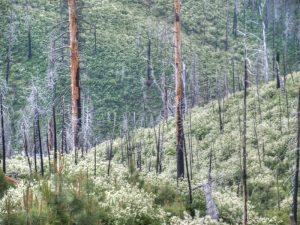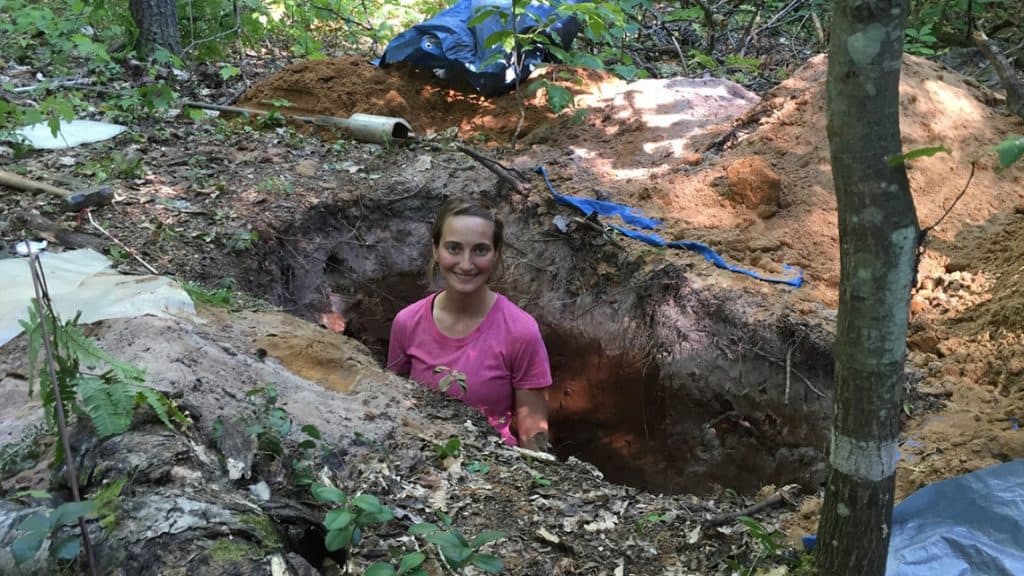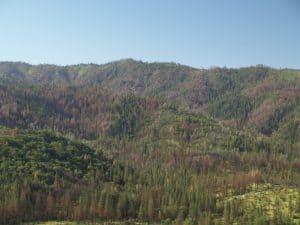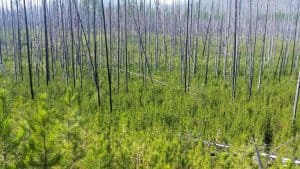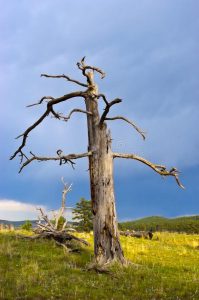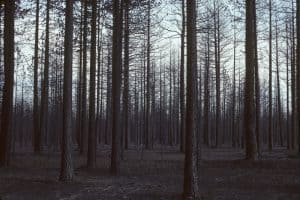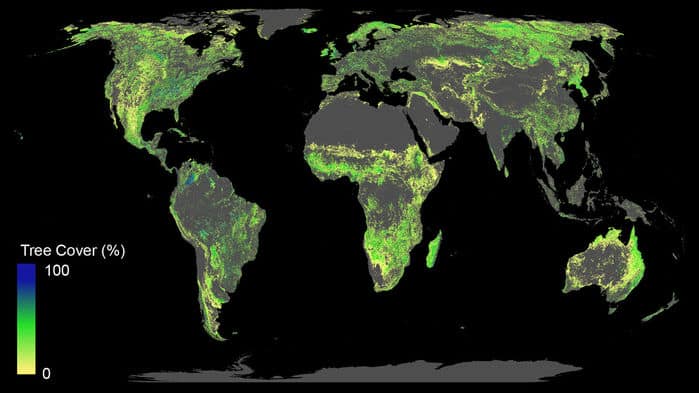
There was a new article in Science that caused a kerfuffle in the Twitterverse (is that a Twitterfuffle?), which may be of interest to us. The story is that Science published an article saying that “planting trees globally would be REALLY good for carbon”. Now you may say that that’s not really news, but the authors made lots of assumptions (!) and ran models (!) and came up with some big numbers (!) and made perhaps out-sized claims. What is of interest to me is the choice of scale, in this case, the world. It takes chutzpah, I think, to think you can model how people could plant trees all around the world, where, and what that would do for carbon, get meaningful results and not need to ground-truth your work.
As you all know, I am a proponent of planting trees. I especially think that planting trees post-fire (where natural regeneration isn’t working), is something most people would support, not just for carbon reasons. I had heard at one time that the Forest Service was going to make a major push on its reforestation backlog, but never heard what happened to that effort. Anyone reading from the FS, please let us know! Anyway, here’s the free info on the paper and a link:. There’s also a science op-ed that has a firewall here.
The restoration of forested land at a global scale could help capture atmospheric carbon and mitigate climate change. Bastin et al. used direct measurements of forest cover to generate a model of forest restoration potential across the globe (see the Perspective by Chazdon and Brancalion). Their spatially explicit maps show how much additional tree cover could exist outside of existing forests and agricultural and urban land. Ecosystems could support an additional 0.9 billion hectares of continuous forest. This would represent a greater than 25% increase in forested area, including more than 500 billion trees and more than 200 gigatonnes of additional carbon at maturity. Such a change has the potential to cut the atmospheric carbon pool by about 25%.
Abstract
The restoration of trees remains among the most effective strategies for climate change mitigation. We mapped the global potential tree coverage to show that 4.4 billion hectares of canopy cover could exist under the current climate. Excluding existing trees and agricultural and urban areas, we found that there is room for an extra 0.9 billion hectares of canopy cover, which could store 205 gigatonnes of carbon in areas that would naturally support woodlands and forests. This highlights global tree restoration as our most effective climate change solution to date. However, climate change will alter this potential tree coverage. We estimate that if we cannot deviate from the current trajectory, the global potential canopy cover may shrink by ~223 million hectares by 2050, with the vast majority of losses occurring in the tropics. Our results highlight the opportunity of climate change mitigation through global tree restoration but also the urgent need for action.
I don’t know how anyone could model “forest loss due to climate change” since we don’t know how the climate will change, nor how trees will respond.
There is an interesting twitter discussion started by (Dr.) Pep Canadell linked here.
Replying to @pepcanadell
Some concerns on methods: only 10-13 factors determine tree cover potential globally – major local and regional-scale constraints missing, e.g. permafrost, subsoil constraints (ex. depth to bedrock), nutrient limitations, var. forms of soil degradation, seasonal inundation.Replying to @EikeLuedeling @pepcanadell
Very relevant in high-potential areas! They also assume grazing areas and production forests can reach same tree cover as protected areas. In my view, a gross overestimate of actual potential! And a lesson on how machine-learning algorithms still need a reality check.
So I’m not the only person out there concerned about reality checks.
